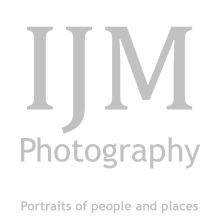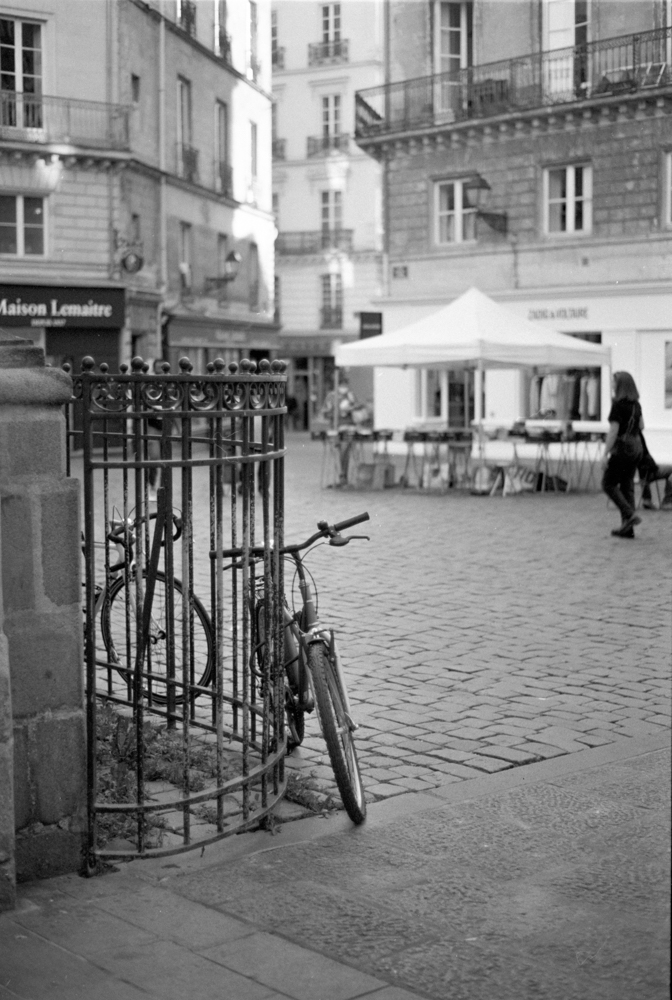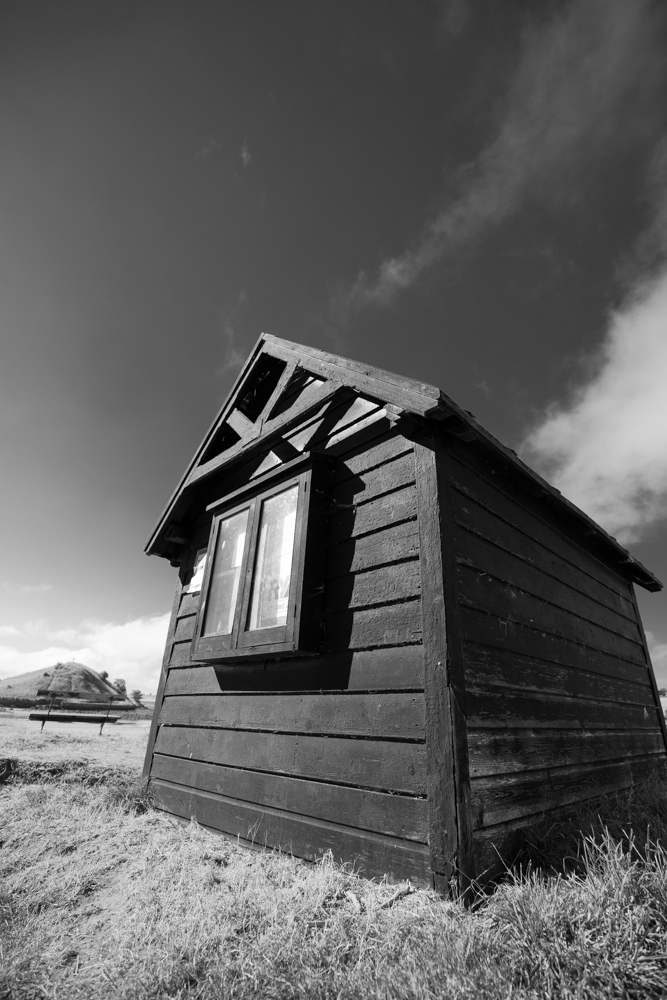Good evening Dear Reader. We’re back delving into another series of articles where I will talk shop. Mother, if that doesn’t interest you then consider yourself warned. I will, as the title of this article suggests, be talking about the differences between zoom and prime lenses. I too, many moons ago, was a beginner photographer, and just starting out with a Praktica MTL3, with a 50mm F1.8 lens, and a Helios 135mm F2.8 lens. An SLR because in 1987 a DSLR did not exist. This was my first lot of “gear.” That was then and this is now. 2024. When buying a “starter” camera, “they” will try and flog you, or offer in a bundle what has become known as the ubiquitous “kit lens.” Otherwise you will be gazing upon a “huge” array of lenses with some “huge” prices to go with them. This will generally be included in the more “accessible” range of cameras. It certainly was for my Fuji XT2 18-55mm zoom lens (24-70mm equivalent for full frame sensor). Don’t get me wrong, I use my 18-55 lens on my Fuji XT2 and like using it. BUT, when I bought that camera I bought a 24mm equivalent prime lens for it.
This raises the question about what is a prime lens and what is a zoom lens. A prime lens is a lens that has a fixed focal length. A zoom lens allows you to vary this focal length and “zoom” in and out.
Advantages of Prime Lenses
Superior Image Quality
You will generally find that you can obtain a “sharper” image with a prime. Some of the older lenses and ones that we used in film photography are slightly softer, but we were fine about it then, and this quest for modern sharpness seems to have become more important. In digital photography, this new and thoroughly modern technology will lead to less distortion, and chromatic aberration, which is indeed an aberration where you might get a blueish outline around the subjects in your shots.
Wide Aperture Capabilities
I touched on the concept of aperture in my Photography 101 article. The aperture is the hole that allows light to expose the film or your camera sensor. The larger aperture (indcicate by a smaller f number) allows two things. More light to hit the film, therefore allowing us to shoot in lower light, and the separation of the subject from the background by getting that “creamy” bokeh beloved by so many of us.
Compactness and Portability
The “average” prime lens is more “compact” than the average zoom lens. Effect number one of this is that you can fit more primes into your camera bag and it will probably be lighter. Think about what I said in my street photography article. A camera with a smaller lens is also less threatening than having a massive thing thrust in your face. Being less threatening is always good, and makes the photographic experience more pleasant for everyone.
Creativity and Artistic Expression
When using primes every shot becomes more deliberate. The choice of which prime to use becomes more important. You “zoom” with your feet and not with the lens. I have talked about this mindfulness in my photography tutorial series.
Advantages of Zoom Lenses
First of all we have to talk about what a zoom lens is. Well, it’s a lens that allows you to zoom. Sorry about that, I couldn’t help myself. On a more serious note, it is a lens which glides through a series of focal lengths on the same lens. I have three zooms for my DSLR, a 16-35mm f4, a 24-70mm f4, and a 70-300 f4 – f5.6, and the 18-55mm (24-70 full frame equivalent) kit lens for my Fuji XT2. With three lenses I am covered from 16mm to 300mm, which for me is a big deal. My 16-35mm has me covered for wide angled vistas of the Place Cambronne in Nantes, and those distorted obligatory bike shots, to general street photography. My 24-70 f4 even has a macro function offering me even more versatility. I would class it as my events lens and can double for street photography, and even street portraits. It’s a veritable work horse of a lens and was what I used when I talked about spring. My 70-300 lens is for when I can’t get near enough to my subject without spooking it, be that my children messing around next to the river, or taking shots of cormorants sunbathing on the river Erdre in Nantes.
Convenience and Ease of Use
In my previous paragraph I talked about the different focal lengths that I have with each zoom lens. At the moment in my camera bag I have my Fuji X100F and its 35mm equivalent f2 lens and my Canon 6D Mark II and my 24-70mm f4 lens. It means carrying less equipment and being prepared for a variety of shots when on the streets or taking photos for my work. It also provides for less “faffing about” which is something I love to avoid in general, unless I am prepared mentally and ready for it.
All-in-one Solution
Instead of having a different lens for each situation, I have a solution in my bag that allows me to adapt. Why buy three lenses when I can have a multitude of possibilities with just one lens? They might seem expensive, but when you are not a professional, cost is something that has to be taken into account, otherwise you have to be very good at communication with your spouse justifying all these purchases. Happy wife, Happy life. Happy Husband, we’ll see about that!
Image Stabilisation
In the last paragraph, I talked about stable marital life, and on my zooms I have image stabilisation, which will allow me a more stable shooting of an image. In the Photography 101 article I talked about having an exposition of nothing lower than the focal length. IE with a 50mm lens I should not shoot lower than a 50th of a second to avoid camera shake and therefore a sharper image. This stabilisation offers me about 4 stops extra to play with, be that having a longer shutter speed, or having a larger aperture and therefore getting more in focus in my image.
Conclusion
I have talked about how this photography lark is all about give and take. This is so true in the exposition triangle where everything is a question of balance, but also true in the case of lens choice. Some will be more expensive but give you more control, and others will offer you more ease of use and versatility. You are the one who ultimately has to decide on what camera gear you need (more than want). What is most important to you? How will the lens help you? What is your budget?
When all these questions are answered honestly then you will be well on the way to having the kit you need, to do the type of photography that you want to do.
What would I advise a novice for their first acquisition? I would say the nifty fifty. The 50mm is closest to what the eye sees. This prime generally offers an opening of F1.8 which gives you that sexy bokeh.
Ultimately the choice is yours alone. But this simple guide may help you reflect and question yourself and allow you to make a deliberate well thought out decision. The most important thing is to get out there with your camera, start making memories and training that beautiful eye of yours!











